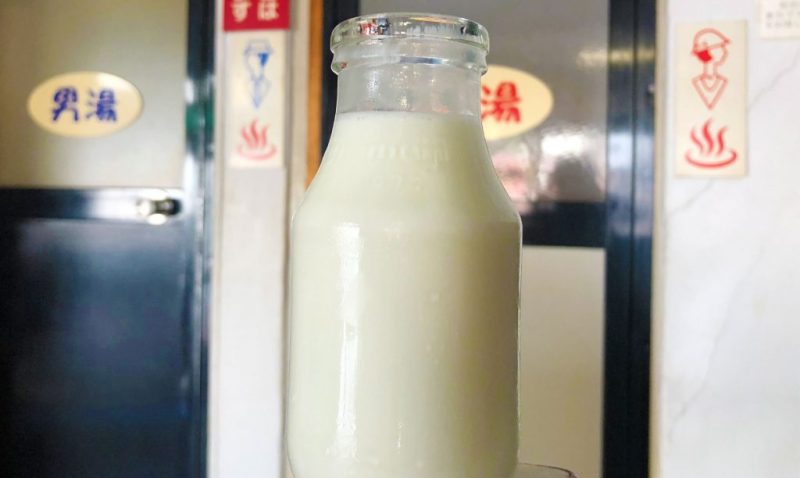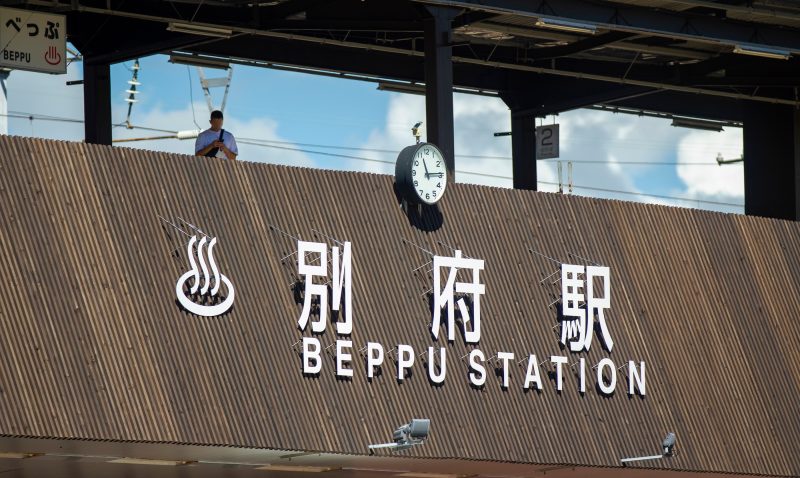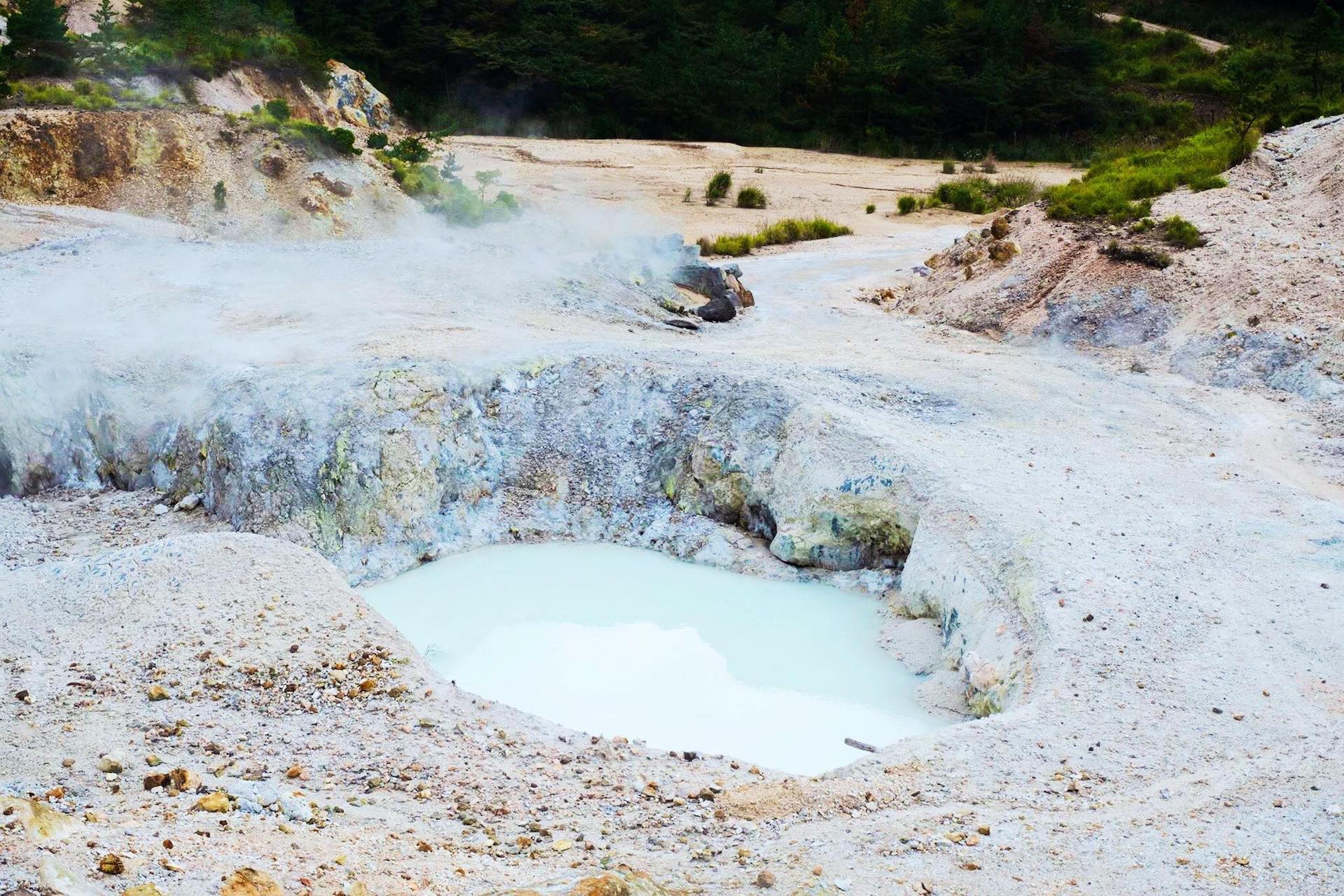
You might have heard about Japanese hot springs, or “onsen,” but do you know how onsen works? In truth, the process began millions of years ago, starting with meteorites’ collision to Earth and continuing with the ongoing geothermal activity beneath the earth’s crust today. Though Japan’s tectonic activity makes it notorious for natural disasters, it is precisely because of these geological features that the country is blessed with so many hot springs!
How Onsen Works: An Overview of Where Hot Spring Water Comes From
Being a country made up of islands, Japan with its volcanic activity is home to an abundance of hot springs. You can read more about the specifics of what is considered a Japanese hot spring or an onsen here. Needless to say, Japan’s onsen history is long, but in this article we will start from the very beginning. We will take the example of Beppu, Japan’s largest producer of hot springs (over 2000 sources), to demonstrate how the geothermal processes heat the water that forms hot springs.

Water Forms On Earth
Scientists believe that the materials that form water on earth today were originally brought by meteorites. These meteorites fell to Earth, bringing in new elements and heating the developing planet. Though the Earth’s surface or crust has cooled since then, the heat inside is now maintained by radioactive decay. To put it simply, onsen are formed when fluid is able to sink in through cracks in the earth’s crust to be heated by that inner hot part of the earth (the mantle), or magma in volcanic regions such as Japan. This heated water resurfaces in the form of what we call hot springs.
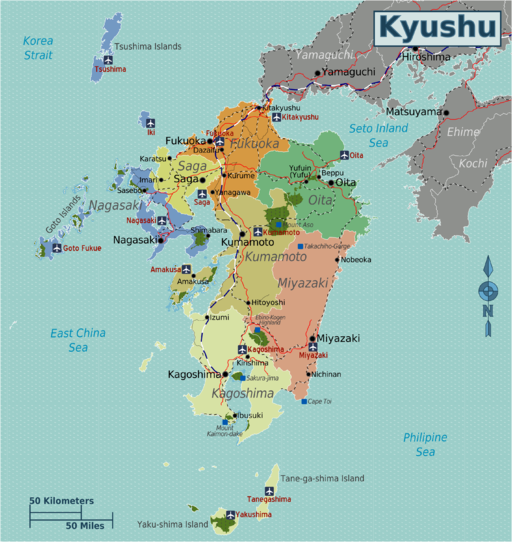
The Geothermal Activity Of Kyushu and Beppu
Japan sits on a particularly volatile area of earth where four tectonic plates meet. The southwestern island of Kyushu is particularly geologically active as it sits on a subduction zone, where one plate slides beneath another. In fact, it expands 1 centimeter per year. This expansion causes faults in the land and makes pathways for onsen to spring forth. Beppu itself is caught between 2 fault lines and the 8 onsen areas of Beppu, called the Beppu Hatto, fall along these.
Water Sinks Underneath The Crust
Beneath the island of Kyushu’s surface, the Philippine Sea Plate sinks underneath the Eurasian Plate, taking seawater and sediment down.
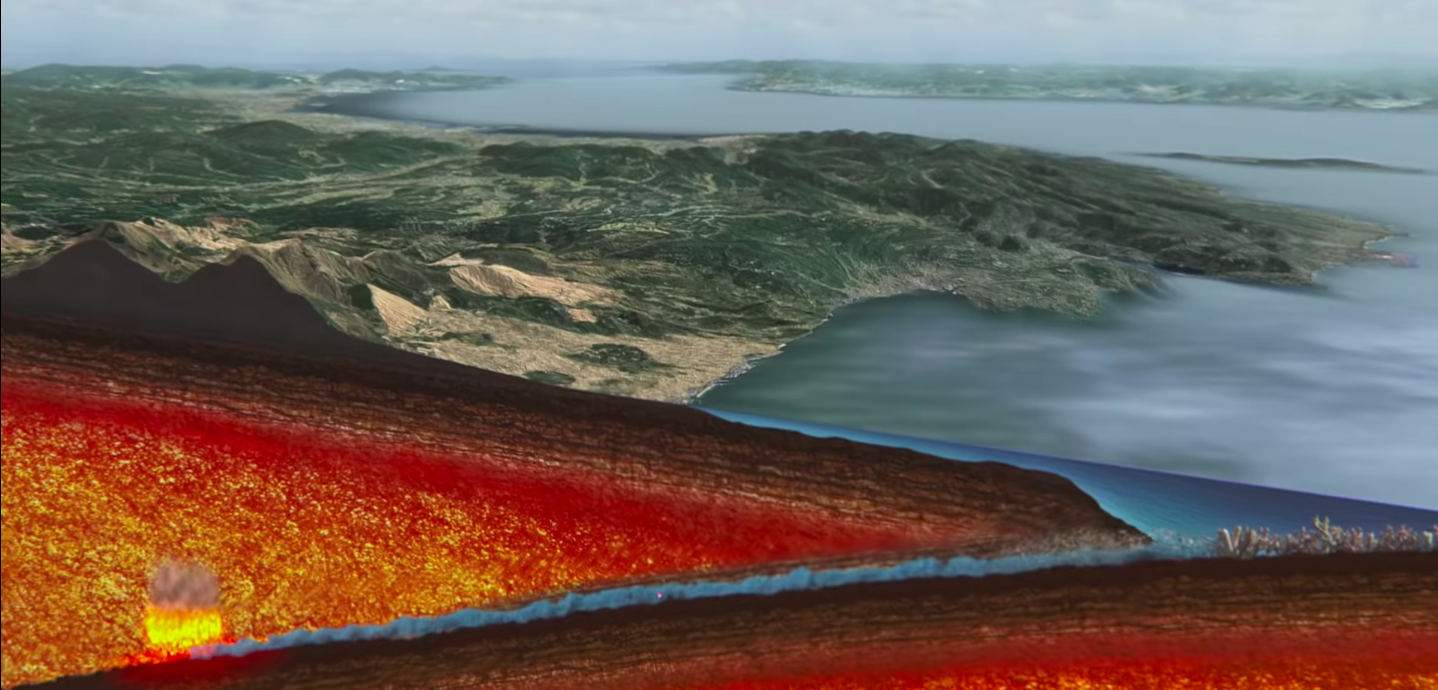
Magma Rises To Heat Water Resevoirs Deep Underground
Then, about 100 kilometers beneath Kyushu, the pressurized water escapes, melting mantle rock into magma, which then rises. Next, this magma heats up reserves of natural water that lie beneath the Tsurumi mountain range along which Beppu is located. This reservoir is naturally replenished by rain, keeping the onsen water supply flowing.
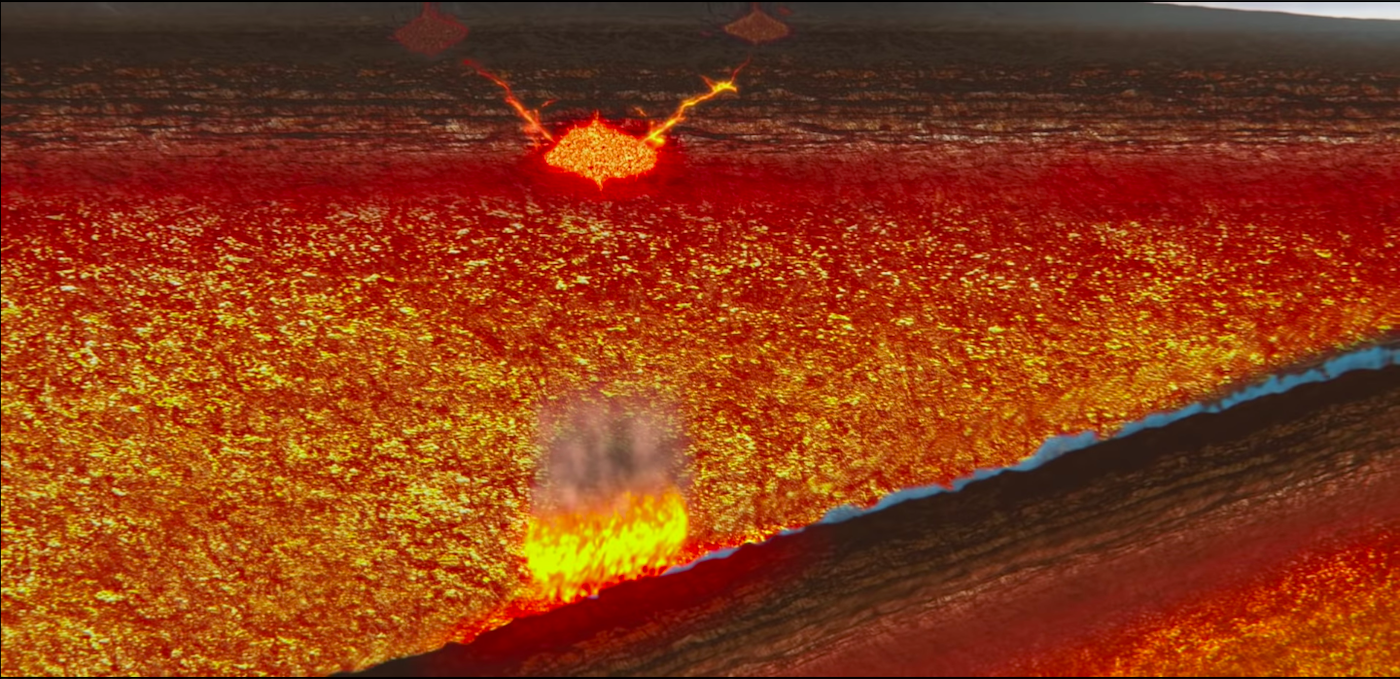

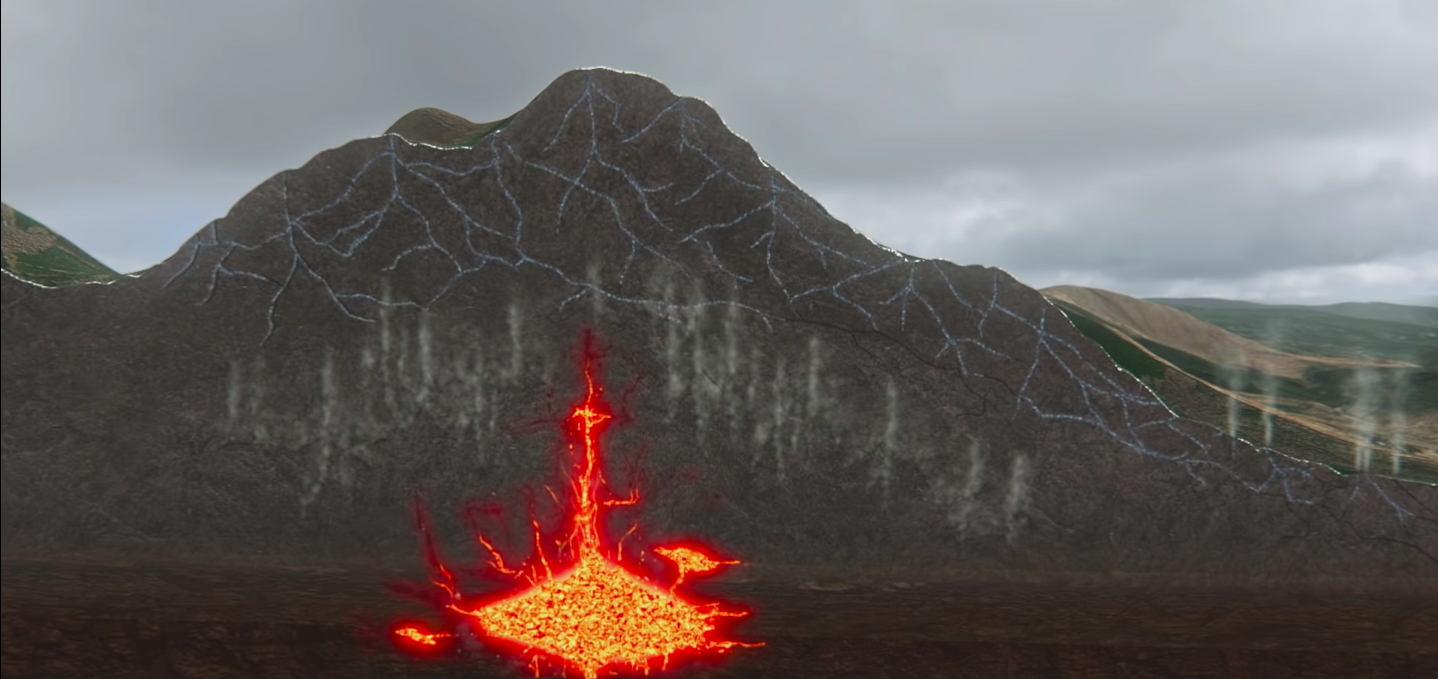
Volcanic Gases Infuse The Hot Water With Minerals
The rain that reaches this reservoir goes through a 50-years process in which it comes into contact with volcanic gases rich in minerals. In other words, when you bathe in an onsen, you are soaking in 50 year-old rainwater that has been enriched with minerals through this journey. That is why hot springs are thought to have special health benefits; you would not be able to soak in these minerals in your everyday bath. In Beppu’s case, the volcanic activity of Mt. Tsurumi and Mt. Garan grants Beppu with a variety of onsen with all kinds of minerals.
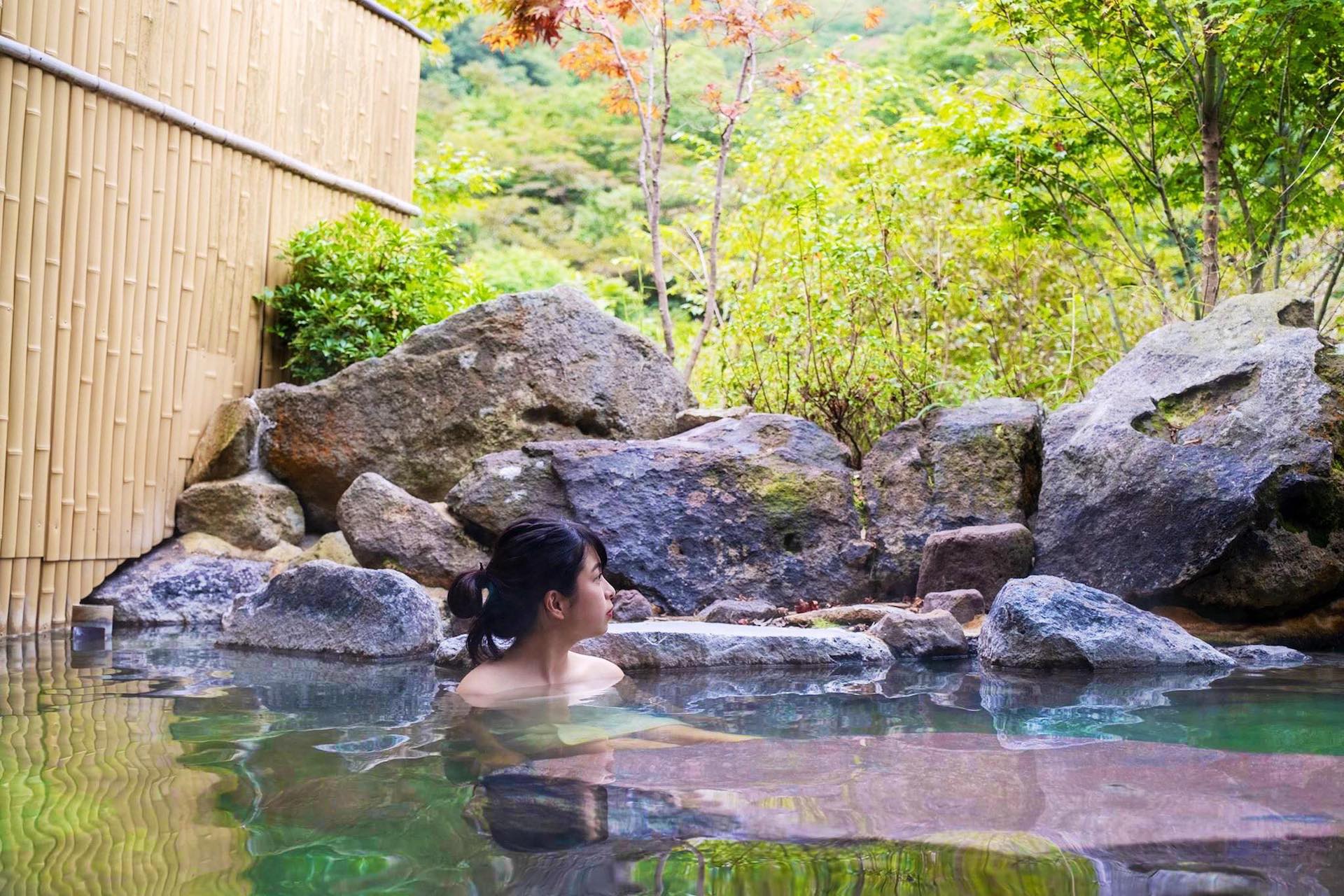
The Different Types of Onsen
To be considered an onsen by definition, the onsen temperature must be over 25℃ and contain a certain level of minerals. There are 10 onsen types in all. And 7 of them can all be found throughout Beppu. Here is the list provided by JAPAN SPA ASSOCIATION:

- Simple Onsen
The amount of dissolved substances (excluding gaseous ones) in 1 kg of hot spring water is less than 1,000 mg. Simple onsen are recommended for those with sensitive skin and children. An example in Beppu would be Hamawaki Onsen.
- Chloride Onsen
The amount of dissolved substances (excluding gaseous ones) is 1,000 mg or more in 1 kg of hot spring water, and the main component is chloride ions. The very local Netsu No Yu, located in Kannawa, is one place you can try this onsen type.

- Bicarbonate Onsen
The amount of dissolved substances (excluding gaseous ones) in 1 kg of hot spring water is 1,000 mg or more, and consists of mainly bicarbonate ions. Beppu’s Kaimonji contains this type of spring.
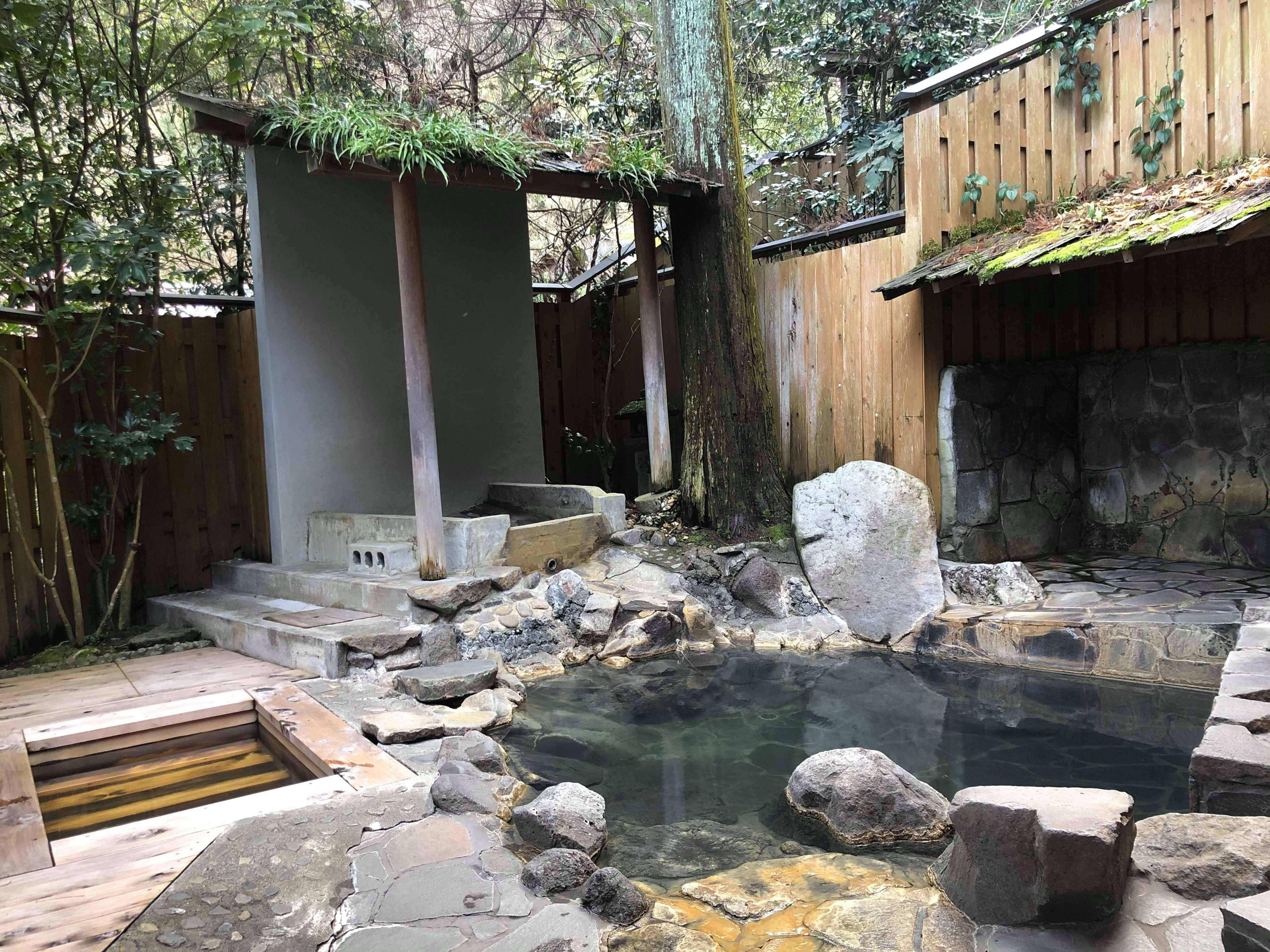
-
- Sulfate Onsen
The amount of dissolved substances (excluding gaseous ones) is 1,000 mg or more in 1 kg of hot spring water, and the main anion is sulfate ion. Showaen, which was featured in our Top 10 Ryokan With Private Onsen here, has this kind of onsen.
- Sulfate Onsen
- Carbon Dioxide Onsen
1 kg of hot spring water contains 1,000mg or more of carbon dioxide.
- Iron Onsen
1 kg of hot spring water contains 20 mg or more of total iron ions (iron Ⅱ or iron Ⅲ). The blood-red Chinoike’s foot bath falls into this category.
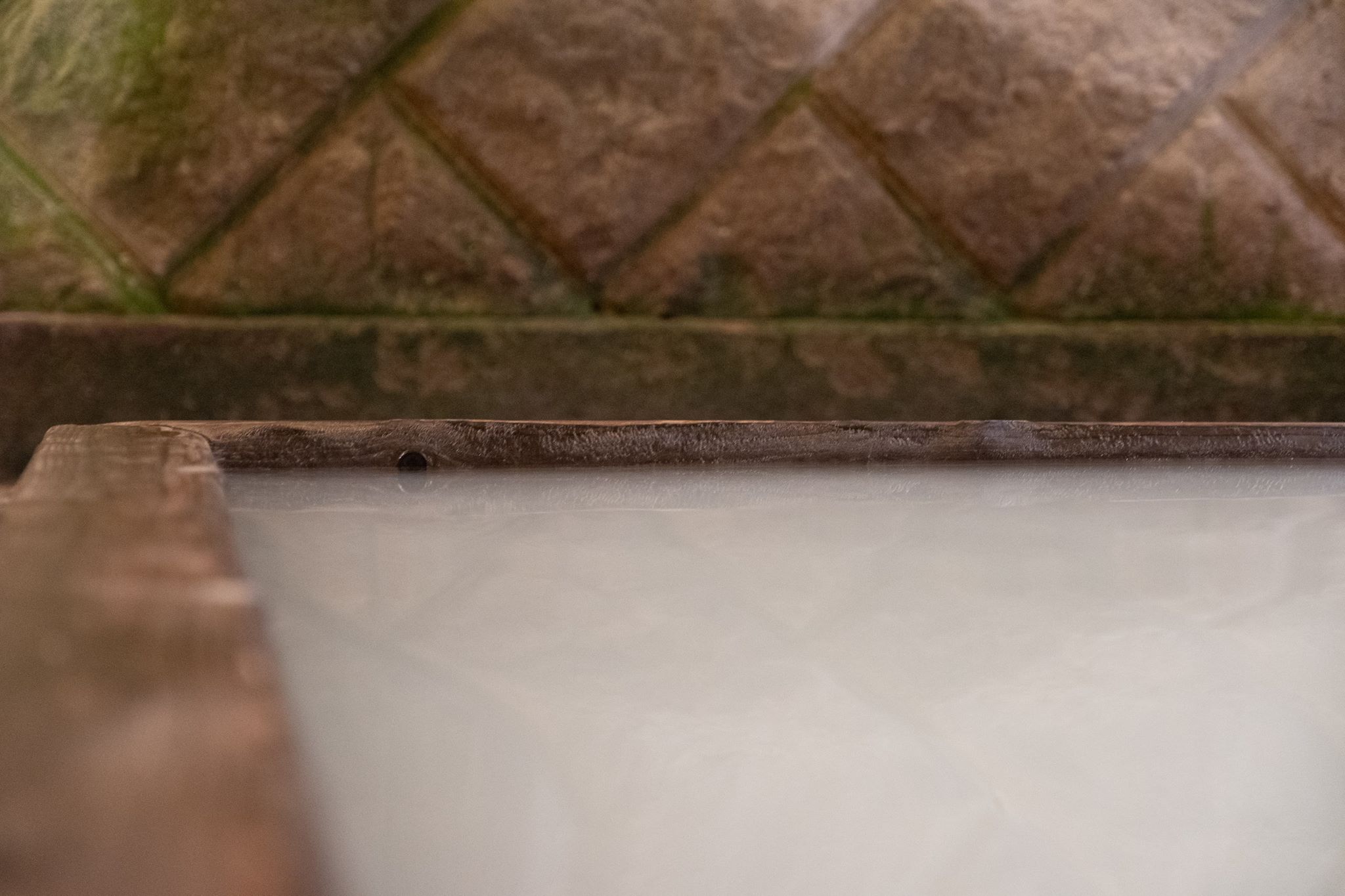
- Acidic Onsen
1 kg of hot spring water contains 1 mg or more of hydrogen ions. The Beppu locals love the acidic Kakuju.
- Iodine Onsen
1 kg of hot spring water contains 10 mg or more of iodide ions.
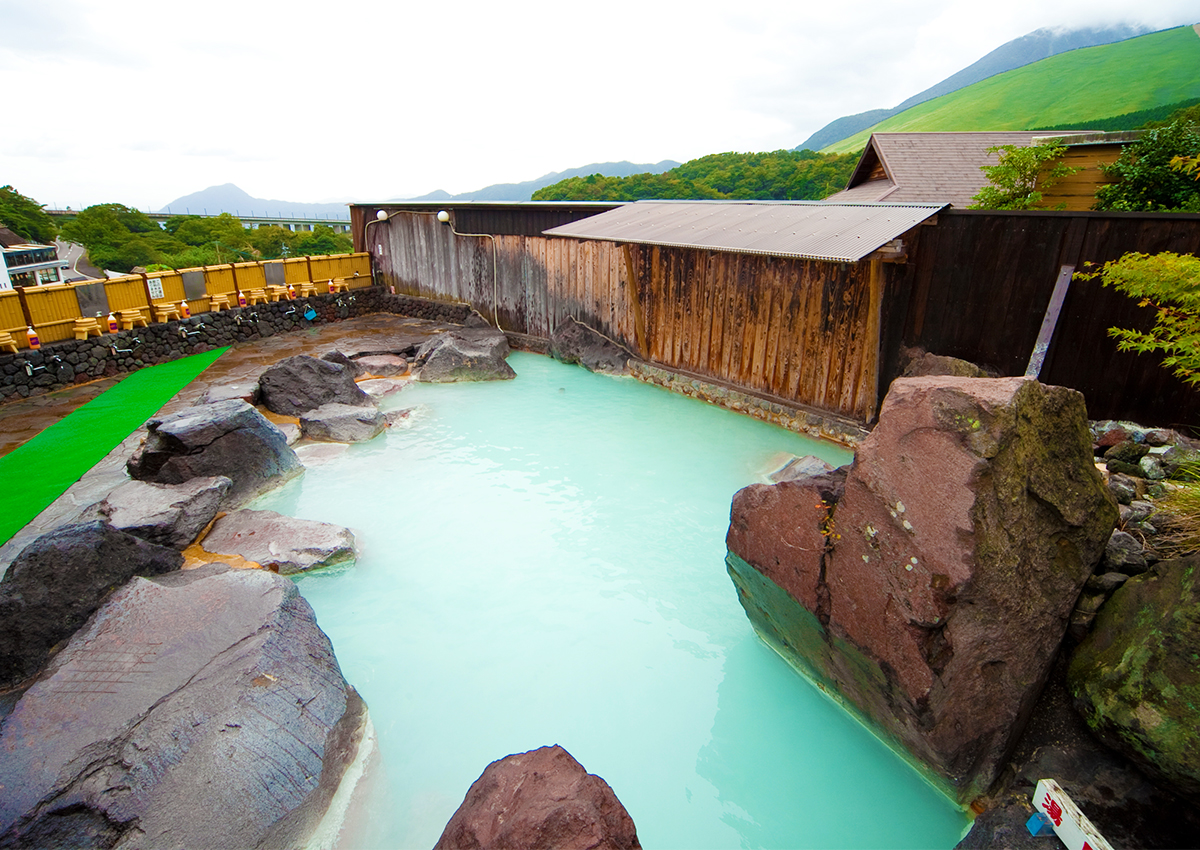
- Sulfur Onsen
1 kg of hot spring water contains 2 mg or more of total sulfur. You can check out the sulfuric Yunosato here.
- Radioactive Onsen
1 kg of hot spring water contains 30×10-10 curies or more (8.25 units or more) of radon. Though this type of hot springs sounds scary, these onsen carry less radioactivity than x-rays.
Each type of onsen has its own characteristics and health benefits (including onsen skin care!), so Beppu is the perfect place to experience these differences. You can read more about combining hot spring trips to maximize their benefits, a process which is called kinousen, here.
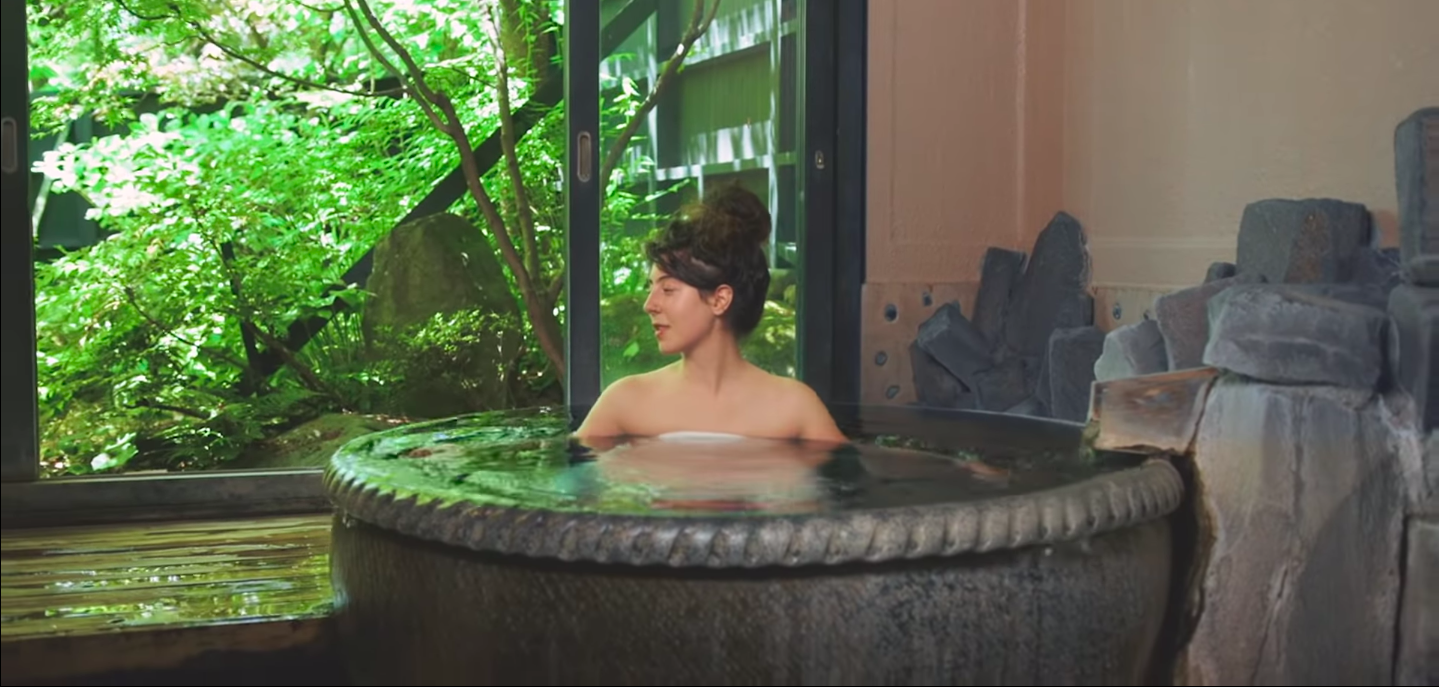
More On Onsen In Japan
Now that you know how onsen work, where hot spring water comes from, and how it is enriched with minerals, you can appreciate the long process it took and enjoy your hot spring even more.
You can read more about Beppu and why it is one of the places most beloved by onsen-lovers here. This city has something for everyone, including mixed onsen and unique hot spring experiences! If you are new to onsen, you might also find this article, How To Take Onsen (Hot Springs) In Japan, helpful.
